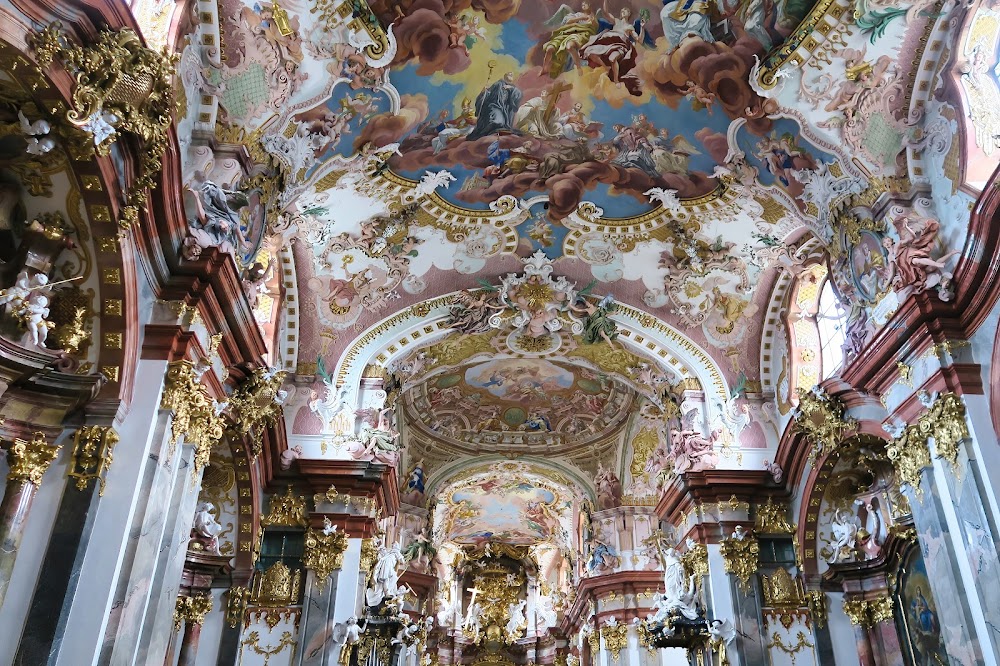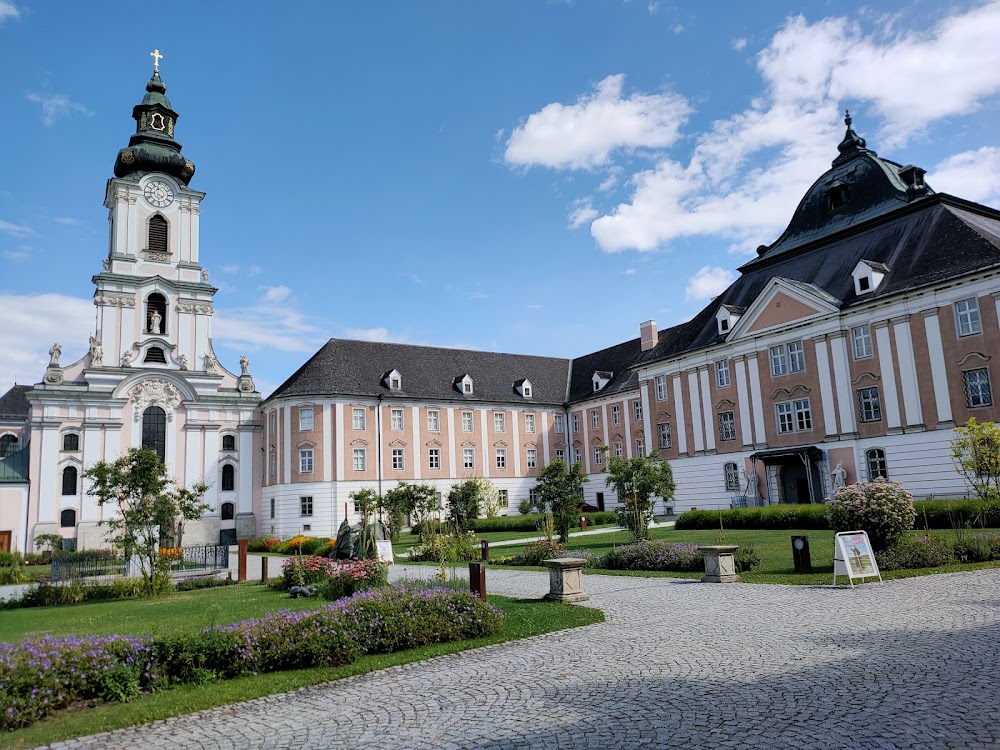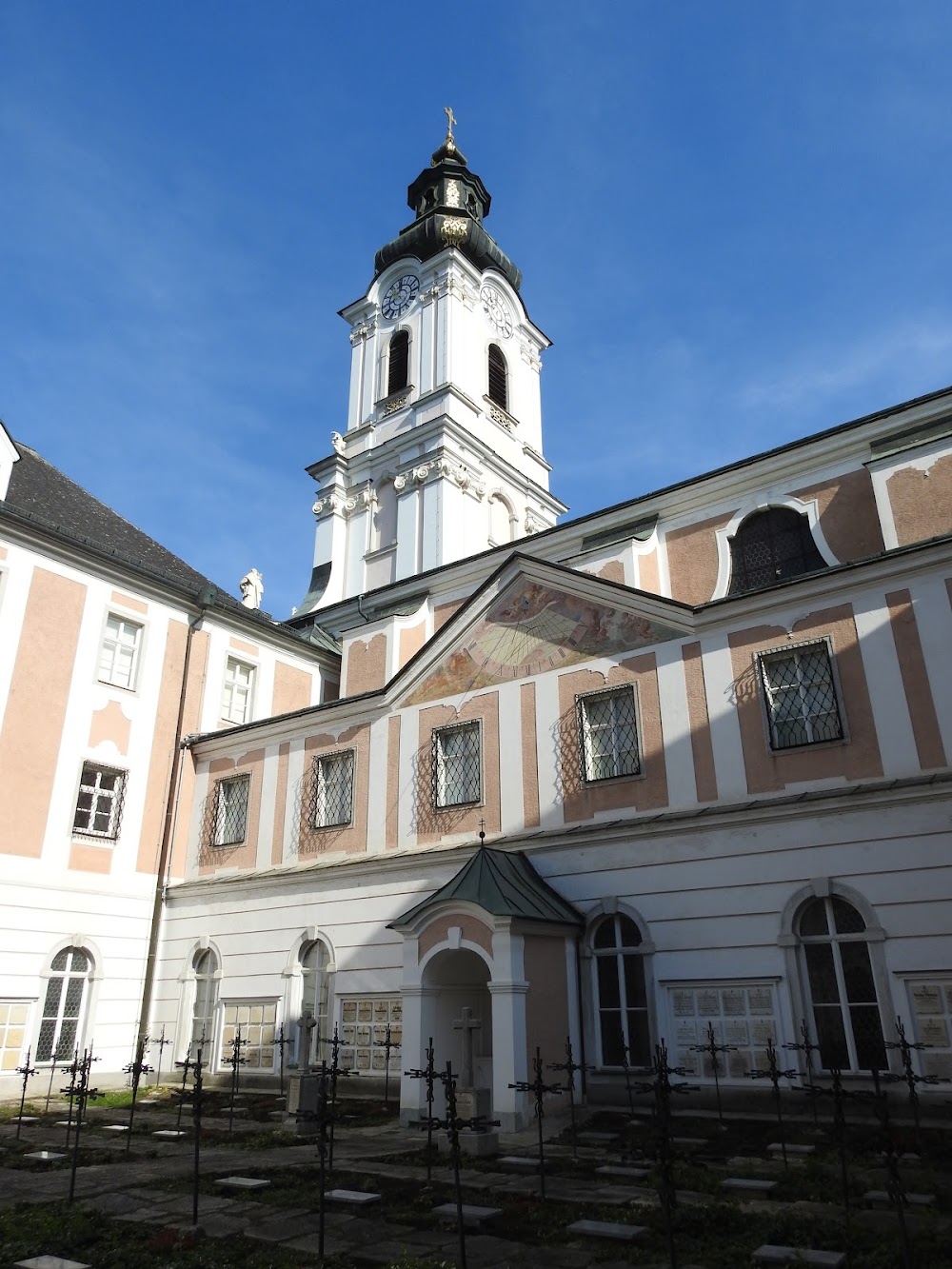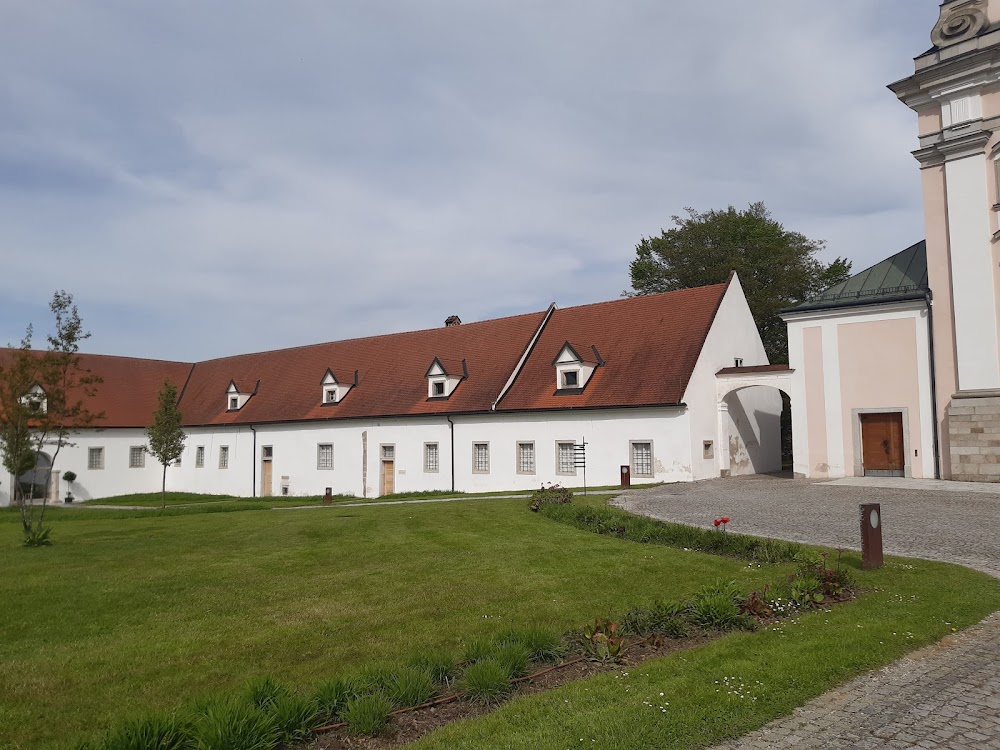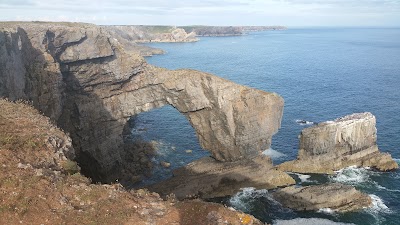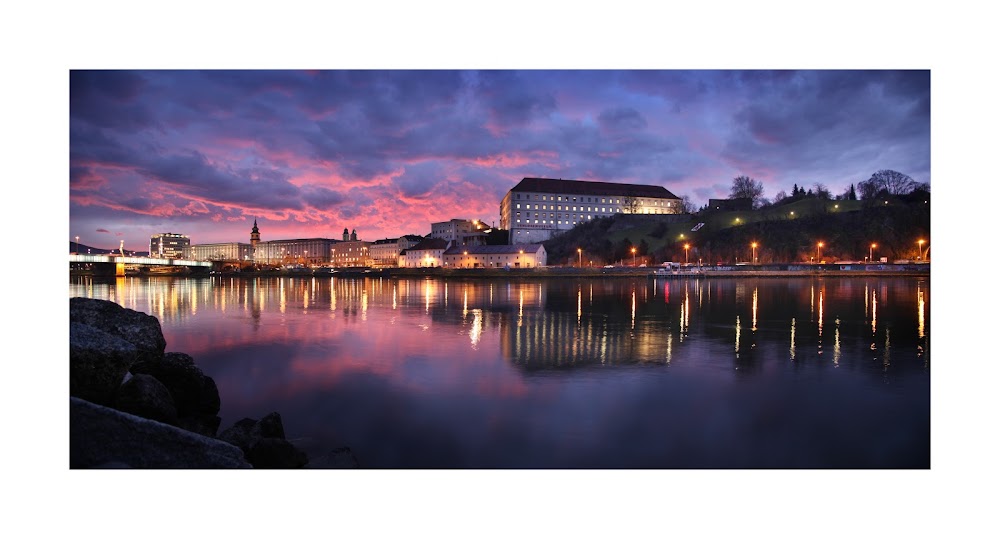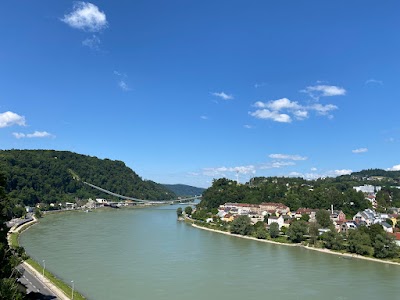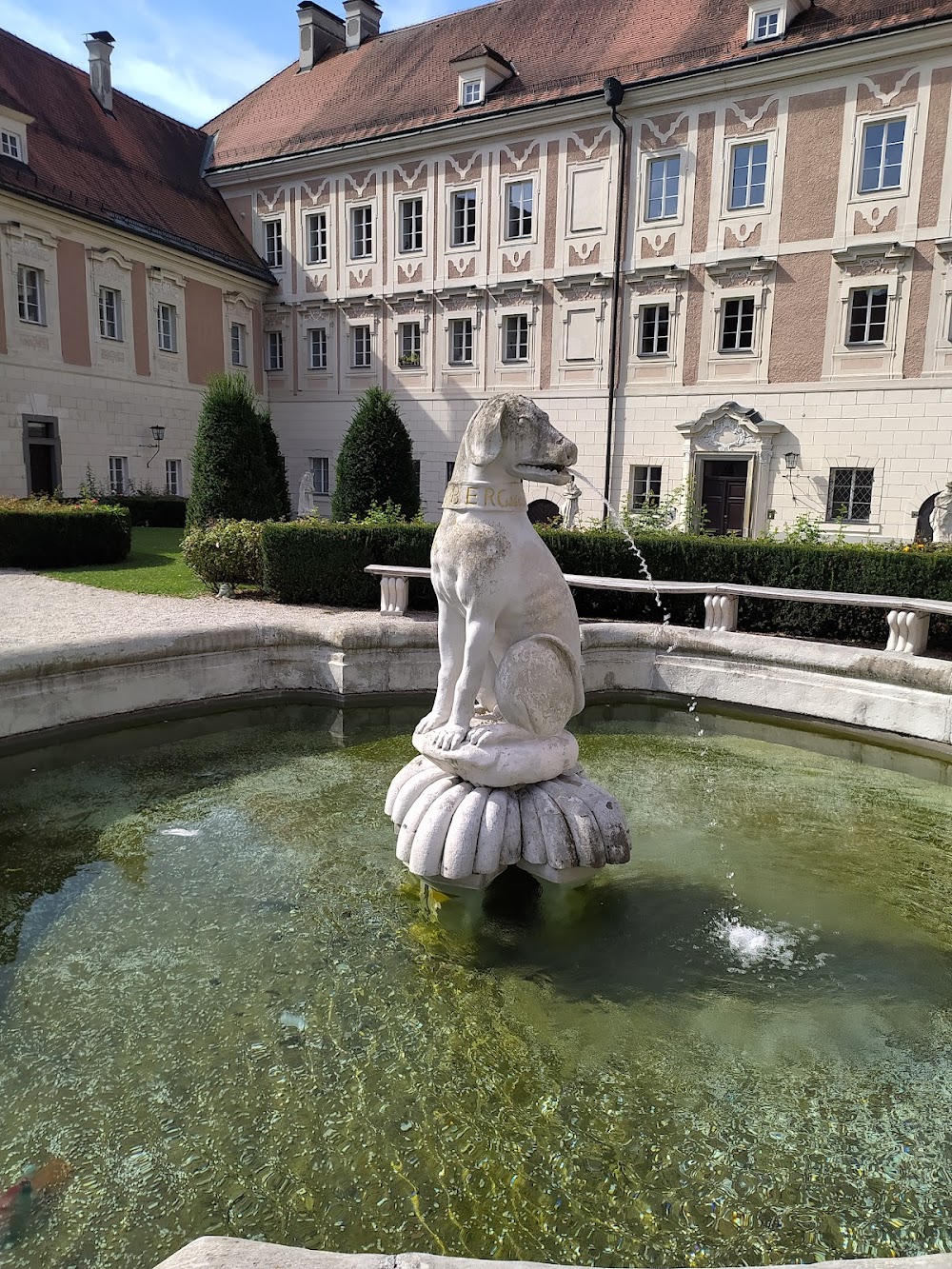Wilhering Abbey (Stift Wilhering)
Related Places
Overview
Wilhering Abbey is a stunning monastery located in the enchanting region of Upper Austria. This centuries-old abbey serves as a vital cornerstone of the cultural and religious heritage of the area, captivating visitors with its rich history and beautiful architecture.
Historical Background
The story of Wilhering Abbey dates back to the mid-12th century, established in 1146 by Ulrich of Cholo and Kolo I of Falkenstein, both from noble families in the region. Initially inhabited by Augustinian canons, the abbey transitioned to a Cistercian monastery in the same year, marking the foundation of the abbey as it is recognized today.
Resilience Through Adversity
Like many ancient institutions, Wilhering Abbey has faced its share of challenges. The original structures were devastated by a fire in the late 13th century, yet the resilient monks embarked on an ambitious rebuilding project. Their efforts bore fruit by 1297, successfully preserving the Romanesque architectural style, characterized by its robust and fortress-like appearance.
The Baroque Transformation
A significant chapter in the abbey's history unfolded during the Baroque period. After enduring another fire in 1733, the restoration embraced the opulent Baroque style, during which Wilhering Abbey became renowned for its architectural artistry. The abbey church, remodeled between 1733 and 1751, boasts a breathtaking Baroque interior, with ceiling frescoes painted by the distinguished Bavarian artist Martino Altomonte, depicting the Assumption of Mary in vibrant detail.
Architectural Highlights
The abbey’s church is a visual feast, adorned with gilded stucco, marble features, and intricate woodwork. Visitors are often captivated by the magnificent high altar, a masterpiece crafted by sculptor Ignaz Jakob Pax, which stands as a testament to Baroque grandeur and earthly representations of divine glory.
Intellectual Hub
Throughout its history, Wilhering Abbey has functioned not only as a religious center but also as a hub of scholarship and education. The abbey’s library, housing an extensive collection of manuscripts and books, reflects its role in preserving and disseminating knowledge. Many texts date back to medieval times, providing insights into the historical and intellectual currents that have shaped Europe.
Agricultural Heritage
The monastic community at Wilhering Abbey has a longstanding tradition of agricultural work, which has sustained the abbey over the centuries. Their vineyards and farms contribute to the local economy while embodying the Cistercian values of hard work and self-sufficiency.
Serene Gardens
The abbey grounds feature beautifully maintained gardens that invite contemplation, providing a tranquil environment for both monks and visitors. The nearby Baroque garden pavilion adds an elegant touch, offering a peaceful retreat to enjoy the beauty of nature.
Modern Engagement
In contemporary times, Wilhering Abbey remains a place of spiritual reflection, historical interest, and cultural engagement. The abbey regularly hosts concerts, art exhibitions, and cultural events, cementing its place as a vibrant part of the local community.
A Tapestry of History
The current building complex of Wilhering Abbey is a harmonious blend of its various architectural and historical phases, each era leaving its distinct mark. This creates a rich tapestry of styles and stories, making it a unique and fascinating destination for visitors.
Enduring Legacy
Today, the abbey is home to a small yet dedicated community of monks who uphold the Cistercian traditions of prayer, work, and study. They warmly welcome visitors from around the world, eager to share the beauty and tranquility of their historic home.
Wilhering Abbey stands as a remarkable testament to endurance and transformation, showcasing how a spiritual institution can evolve and thrive across centuries while remaining true to its core mission. Its blend of history, art, architecture, and serene landscapes makes it a beacon of cultural heritage in Upper Austria.


